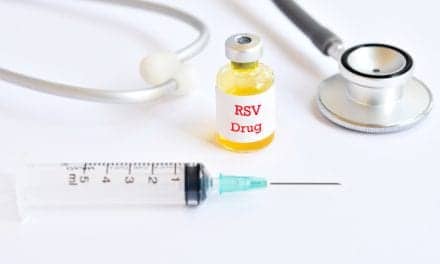Editor’s note: This article was first published on July 30, 2014 and has been reposted here.
Fist bumping transmits significantly fewer bacteria than either handshaking or high-fiving, according to a study published in the American Journal of Infection Control, the official publication of the Association for Professionals in Infection Control and Epidemiology (APIC).
The gesture reduces the exchange of germs while still addressing the cultural expectation of hand-to-hand contact between patients and clinicians, the study reports.
Researchers from Aberystwyth University (UK) performed trials to determine if alternative greetings would transmit fewer germs than the traditional handshake. In this experiment, a greeter immersed a sterile-gloved hand into a container of germs. Once the glove was dry, the greeter exchanged a handshake, fist bump, or high-five with a sterile-gloved recipient. Exchanges randomly varied in duration and intensity of contact.
After the exchange, the receiving gloves were immersed in a solution to count the number of bacteria transferred during contact. Nearly twice as many bacteria were transferred during a handshake compared to the high-five, and significantly fewer bacteria were transferred during a fist bump than a high-five. In all three forms of greeting, a longer duration of contact and stronger grips were further associated with increased bacterial transmission.
“Adoption of the fist bump as a greeting could substantially reduce the transmission of infectious diseases between individuals,” said corresponding author, David Whitworth, PhD. “It is unlikely that a no-contact greeting could supplant the handshake; however, for the sake of improving public health we encourage further adoption of the fist bump as a simple, free, and more hygienic alternative to the handshake.”
This study expands on the recent call from JAMA to ban handshakes from the hospital environment. Healthcare providers’ hands can spread potentially harmful germs to patients, leading to healthcare-associated infections (HAIs).
HAIs are among the leading causes of preventable harm and death in the United States. The US CDC estimates that 1-in-25 hospitalized patients develops an HAI and 75,000 patients with HAIs die during their hospitalization each year.










